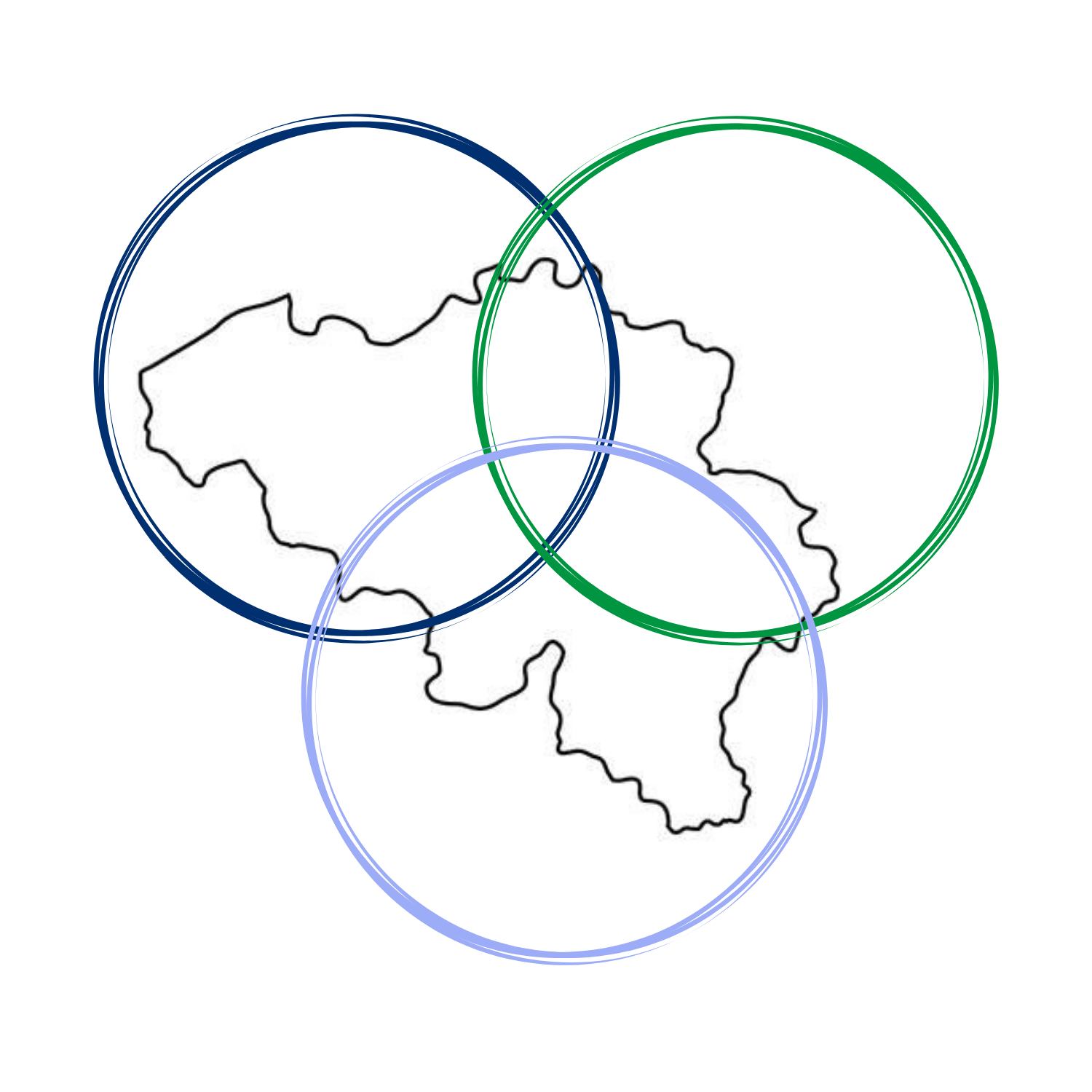

EnvCo
01 CCIEP Stakeholders
Navigation
Notifications
 Accessibility statement
Accessibility statement
| Contributor | Valentin Dumitru |
|---|
Keyboard shortcuts
Most browsers support jumping to specific links by typing keys defined on the web site. On Windows, you can press ALT + an access key; on Macintosh, you can press Control + an access key. In this website the following keyboard shortcuts are defined:
- access key 1 - link to home page
- access key 2 - skip to main content
- access key 4 - search box
- access key 9 - feedback and helpdesk
- access key 0 - link to accessibility statement (this page)
Standards compliance
- the Web Content Accessibility Guidelines 1.0 priority 2 (WAI-AA)
- all pages validate XHTML 1.1
- the Cascading Style Sheets respect the CSS2 Specification
Navigation aids
- the breadcrumb trail - links to all parent folders from the current location to the root
- a link to skip over the navigation area (access key 2) in order to faster reach the main content in text-browsers and speech synthesizers (the link is invisible in visual browsers and it does not affect the graphic layout)
- the website is provided with a search engine (access key 4)
- the navigation for the regular end-users does not imply opening of pop-ups windows (note that some of the administrative pages with more complex functionality do) and the return to the previous page can be easily done through the back button from the browser
Links
- many links have title attributes which describe the link in detail
- links' names make sense out of context
- the links' color is chosen to contrast sufficiently with the background color, and they are distinguishable by having a different text-decoration
- visited links and active ones are marked with different colors
Images
- all content images used in the website include descriptive ALT attributes
- purely decorative graphics include null ALT attributes so they will not be interpreted by speech synthesizers
Visual design
- this website uses cascading style sheets (CSS and CSS2) for visual layout
- only relative font sizes are used, compatible with the user-specified "text size" option in visual browsers
- if your browser or browsing device used does not support stylesheets at all, the content of each page is still readable and comprehensible
Content structure and other specific elements
- The HTML code of every page starts with the appropriate DOCTYPE declaration:
<!DOCTYPE html PUBLIC "-//W3C//DTD XHTML 1.1//EN" "http://www.w3.org/TR/xhtml11/DTD/xhtml11.dtd"> - The language is identified on every page of the web site:
<html xmlns="http://www.w3.org/1999/xhtml" xml:lang="en"> - the head element of every page has an unique title specific to its content:
IEBI2010, Expert Groups ToR - semantically correct markup: the content is well structured and uses the correct HTML tags for the various semantic elements (headers, lists, accessible tabelar information, etc.)
- the forms composing the user interface are well described by labels
Login to add a comment
